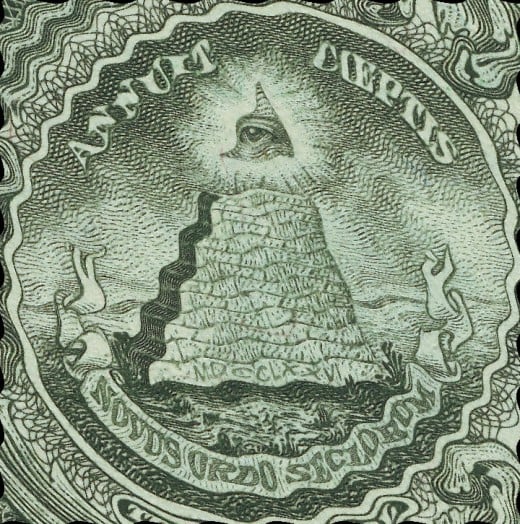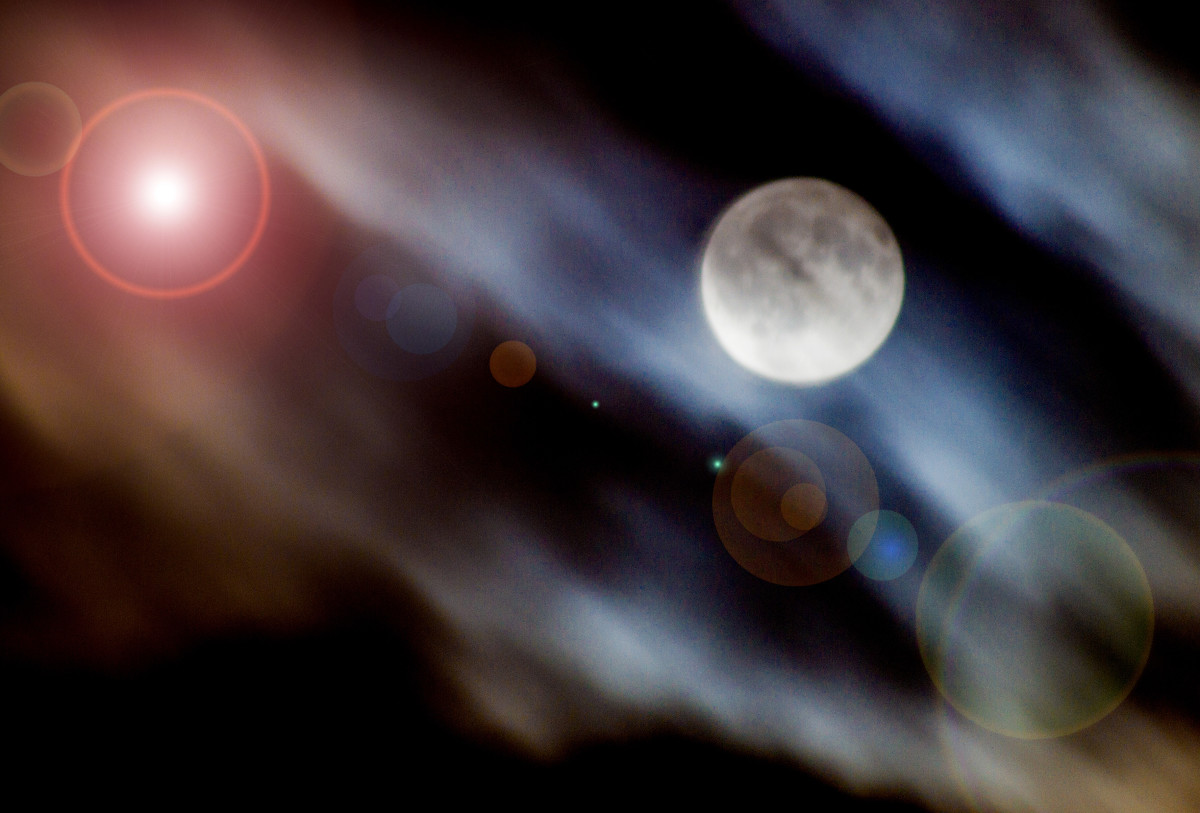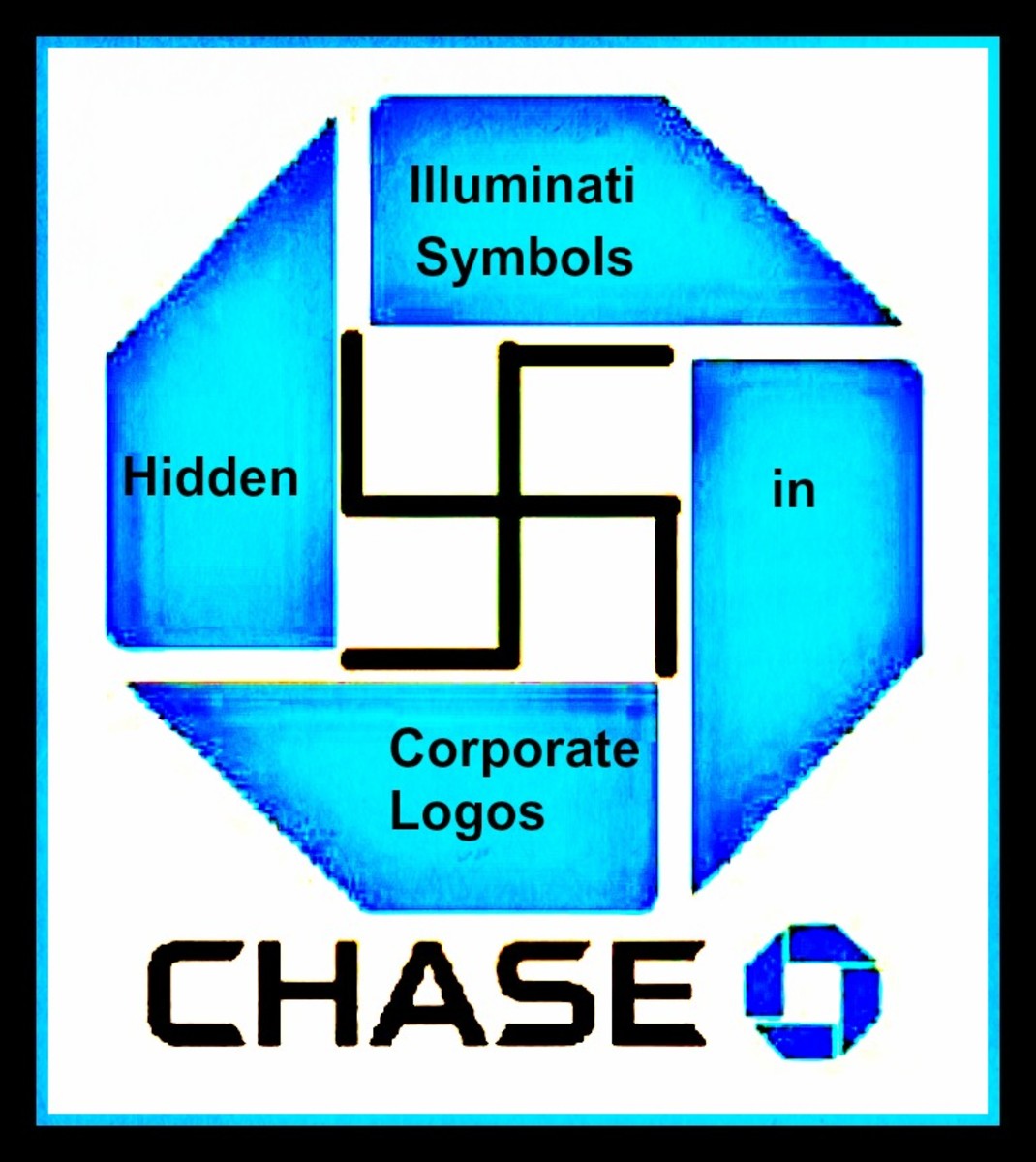The New Age of Conspiracy Theories

Conspiracy Theories and the Loss of Truth in Media
The vast majority of news that is broadcast and printed is true and correct, if not somewhat interpreted by the media. Prior to 1987, the US Federal Communications Commission, (FCC) had a rule in place called the fairness doctrine. This required all US broadcasters, who were using the airwaves to transmit media, to provide both sides of arguments, when there was controversy on a subject. Prior to 1987, the news was reported. After 1987, the invention of entertainment news happened and news personalities began to interpret the news to meet the needs of their audiences. They no longer were compelled by the FCC to provide factual conversation that shared two opposing views on controversial topics. Basically, by removing this rule, the US government legalized propaganda. There is no doubt that most news is accurate and helpful, but when it comes to controversial topics, where the truth can be seen through two opposing perspectives, the balanced, and rational discussion of the topic has been lost. This has had a tremendous effect on our voting population, as they now seek the truth form an almost limitless media that is unregulated on the internet. In fact, major internet platforms, are now trying to act as a private regulator and are censuring some of the media platforms that they disagree with, adding another layer of complexity to the morass of confusing information available to everyone.
The electorate makes a lot of decisions, and sometimes this is done in a relative vacuum, while we try to decipher the reality from the fiction. As most of us know, the US went to war in Iraq based upon media reports that showed weapons of mass destruction were in the hands of Saddam Hussein. We now know that this is basically defunct. There were some artillery shells found with remnants of gas agents, but no nuclear or biological weapons stockpiles were found. The congress of the United States voted overwhelmingly for military action, but based much of their decision making on intelligence reports that the media could not verify. The war was sold in the public venue as being necessary to remove these weapons. I am not arguing whether or not this war should have been waged or not, there were many another issues at play as well, but it is important that we have a trusted and robust media searching for the truth and not trying to sell an ideology.
Truth is incontrovertible, malice may attack it and ignorance may deride it, but, in the end, there it is.
Sir Winston Churchill
Social Media, the Birthplace of Conspiracies
Recently, the 700 year old Notre Dame Cathedral in Paris France was damaged horrendously in a fire. The fire was likely started due to work being done on the cathedral. It is a stone building, but has a wood beam frame supporting it, which is very old, dry and flammable. Social media, (just people on the internet), assumed that the fire was likely caused by Islamic terrorists. There was no claims of this by any of these groups, but the stories became fact in the minds of many on social media as they began reading the postings of other and adding their own opinions. It did not help that ISIS celebrated the cathedral burning, but this does not mean that they were responsible for it. In many instances, when something bad happens, the first thing that is discussed is the possibility of a terrorist attack. The media will say something to the effect of: "There are scattered reports, coming in, I want to emphasize that these are unconfirmed, but there is a thought out there this was the work of a terrorist group." This sort of statement means nothing, and is just a way to build a discussion around a topic and emphasize a political viewpoint.
During the California wildfires, which tragically killed many people, a very ridiculous conspiracy theory made its way around the internet. There was a conspiracy theory that tried to say that the fires were started by directed energy weapons being tested by the military or a government. We know that this is false, as the true origin of the Paradise fire was likely caused by an electrical wire break that created an ignition point in dead timber that was bark beetle infested.
The truth that should have gotten out and been dealt with prior to this is that there was and is a continued threat of devastating wildfires in the Sierra Nevada mountains due to a bark beetle infestation. There are tens of millions of standing dead trees that are incredible fire hazards. The media needs to cover this and bring resources to bear to create safety zones around human habitation and escape routes, so that in the next fire, 63 people do not have to perish. The news needs to be real to protect the population from a government that is operating form the basis of a truth which is really just a fiction.
© 2019 Scott P Davis








